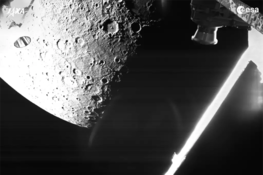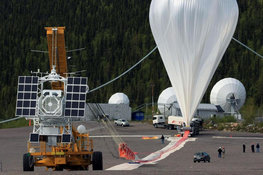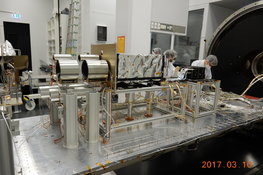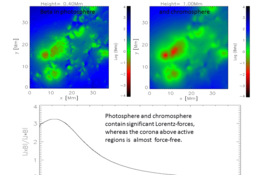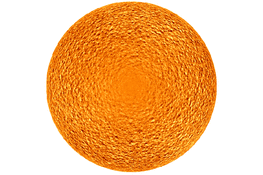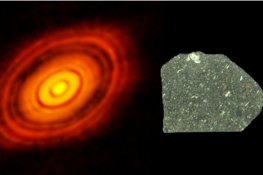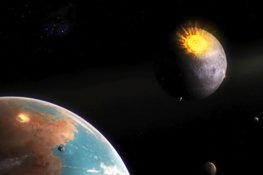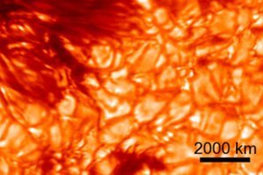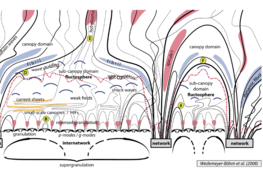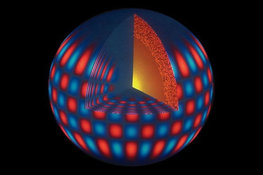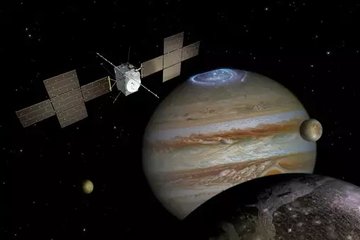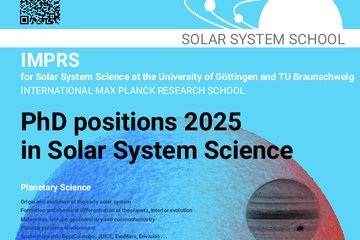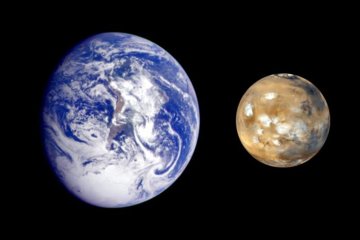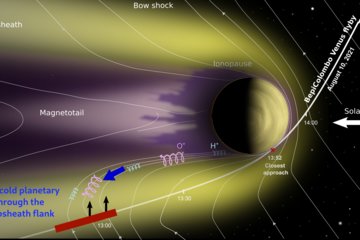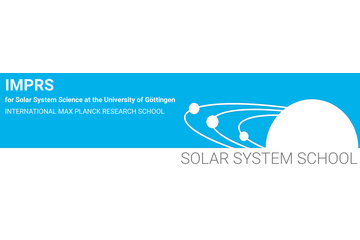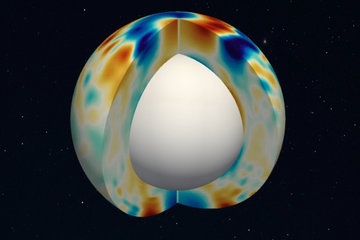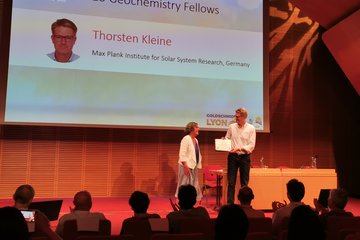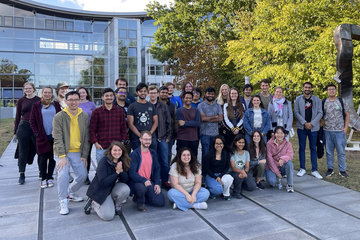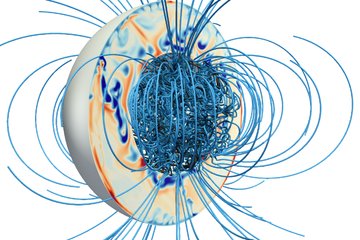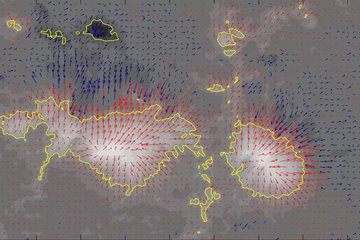PhD thesis projects offered
All partner institutes in the Solar System School (Institute for Astrophysics and Geophysics, Geoscience Center, and Max Planck Institute for Solar System Research) may offer and support PhD projects in the Solar System School. The PhD topics are as diverse as the research fields of the participating partner institutions. The topics include all areas of our own Solar system (the Sun and its planets and minor bodies), embedded in the wider geo- and astrophysical context, and extend to other stars and their planetary systems. Correspondingly, the following disciplines in geo- and astrophysics are represented in the Solar System School: Earth and planetary sciences, Solar and stellar physics, helioseismology, asteroseismology, and to some extent extra-solar planets. Since the methods of research comprise instrumentation development, calibration and improvement , ground- and space-based observations, remote-sensing or in-situ measurements in space exploration missions, data analysis and interpretation, numerical simulations and theoretical modeling, some projects may additionally require good skills in programming, in mathematics, or in engineering.
The following list gives an overview of the variety of research topics, but is not necessarily complete. Further projects may yet become available: This list still is updated from time to time. Please check the list again before submitting your application. Applications may be submitted between 1 August and 1 October.
Open PhD Projects
Analytical geo-/cosmochemistry applied to BepiColombo-Mission to Mercury data
more
The magnetic field in the solar atmosphere exceeds the geomagnetic field strength by four orders of magnitude. It greatly influences the processes of energy transport within the solar atmosphere, and dominates the morphology of the solar chromosphere and corona. Kinetic energy from convective motions in the Sun can be efficiently stored in magnetic fields and subsequently released - to heat the solar corona to several million degrees or to blast off coronal mass ejections.
more
The MPS is one of the leading institutes worldwide in building instruments for solar research, both for ground based observatories as well as for balloon and space-borne missions. Scientists and engineers of MPS conceive new observing methods and develop novel instruments of highest technological complexity. These instruments are built in house, tested, calibrated, and used at the best solar observatories in the world, or delivered to NASA and ESA to be launched to space.
more
Hydrodynamic simulations of near surface convection and waves in the Sun and stars
more
“Space sediments” hold isotopic clues for reconstructing early solar system evolution
more
Isotopic investigation of the materials impacting the terrestrial planets after their formation
more
For PhD students whose project is already funded and who are applying for admission to the IMPRS, or for applicants who want to bring their own funding and their own project idea to the IMPRS.
more
The Solar Lower Atmosphere and Magnetism (SLAM) group covers many exciting subjects in solar physics, focussing on the development and testing of highly novel solar instrumentation, reduction and analysis of highest quality solar observations, or improving and developing advanced techniques for the analysis of solar observations.
more
Inversion codes are used to aid the detailed interpretation of solar spectro-polarimetric data. This computer code attempts to find the atmospheric structure that produced an observed spectrum by minimizing the difference between the observed spectrum and a Stokes spectrum.
more
In the "Solar and Stellar Interiors" department, Laurent Gizon, Jesper Schou, Aaron Birch, Robert Cameron and others offer PhD projects in solar physics and astrophysics. Helioseismology and asteroseismology are used as important tools to study the oscillating Sun and stars.
more
Analytical geo-/cosmochemistry applied to BepiColombo-Mission to Mercury data
more
“Space sediments” hold isotopic clues for reconstructing early solar system evolution
more
Isotopic investigation of the materials impacting the terrestrial planets after their formation
more
The magnetic field in the solar atmosphere exceeds the geomagnetic field strength by four orders of magnitude. It greatly influences the processes of energy transport within the solar atmosphere, and dominates the morphology of the solar chromosphere and corona. Kinetic energy from convective motions in the Sun can be efficiently stored in magnetic fields and subsequently released - to heat the solar corona to several million degrees or to blast off coronal mass ejections.
more
The MPS is one of the leading institutes worldwide in building instruments for solar research, both for ground based observatories as well as for balloon and space-borne missions. Scientists and engineers of MPS conceive new observing methods and develop novel instruments of highest technological complexity. These instruments are built in house, tested, calibrated, and used at the best solar observatories in the world, or delivered to NASA and ESA to be launched to space.
more
The Solar Lower Atmosphere and Magnetism (SLAM) group covers many exciting subjects in solar physics, focussing on the development and testing of highly novel solar instrumentation, reduction and analysis of highest quality solar observations, or improving and developing advanced techniques for the analysis of solar observations.
more
Inversion codes are used to aid the detailed interpretation of solar spectro-polarimetric data. This computer code attempts to find the atmospheric structure that produced an observed spectrum by minimizing the difference between the observed spectrum and a Stokes spectrum.
more
Hydrodynamic simulations of near surface convection and waves in the Sun and stars
more
In the "Solar and Stellar Interiors" department, Laurent Gizon, Jesper Schou, Aaron Birch, Robert Cameron and others offer PhD projects in solar physics and astrophysics. Helioseismology and asteroseismology are used as important tools to study the oscillating Sun and stars.
more

